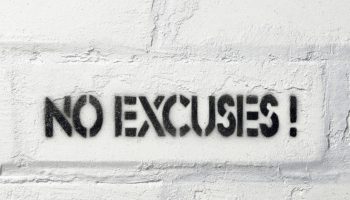
Last September, the Washington State Supreme Court held that \”charter schools did not meet the definition of a common or public school and weren't entitled to a share of state education funding.\” As the ruling directly affected only the 1,200 students who were beginning their school year, a legal court highlighted the need to define why is a charter school a public school.
For many charter advocates, being free of the guidelines and regulations that apply to traditional public schools is an essential ingredient for success. This higher level of autonomy allows charters great latitude to define their curriculum, their educational philosophy, and to operate outside of existing union contracts with their own governance structures. And therein lies the rub. Traditional public schools operate in a publicly accountable framework; their governing bodies are directly elected or appointed by an elected mayor or governor and their operations are held to the same degree of oversight much like other public bodies within their jurisdictions. The Washington Supreme Court's ruling asked us to think of a different way to ensure public accountability for our schools.
As a new legislative year begins, two Washington lawmakers have proposed legislation that they believe will meet this concern. According to the Seattle Times, their proposal is modeled on frameworks getting used in Boston and Los Angeles, where charters come under the direct auspices from the local school board:
Sen. Andy Billig, D-Spokane, and Sen. Michael Baumgartner, R-Spokane, are co-sponsors of the bill, that they think would pass constitutional muster since the charters would be directly accountable to an elected school board.
The proposed legislation tries to find the right balance point that can unlock innovation and still remain accountable.
Billig asserted under his proposed bill, school districts might have much tighter control over the charter schools, with increased freedom to revoke contracts or not renew them. The charters still would differ from other public schools, with the capacity to decide the length of the school day and year, staffing levels, and how to train, hire and fire staff. Additionally they might have their very own privately appointed boards, but the elected school board would have to approve the facts, which does not occur now.
This structure brings traditional public schools and charter schools nearer to alignment, but still leaves some key questions unresolved. Are educational innovation and improvement only possible outside the current structure of public education? May be the degree of public engagement possible inside the framework of traditional public education systems antithetical educational excellence? Are we willing to trade off the messiness of democratic governance for the hope of improved schools?-Martin Levine




